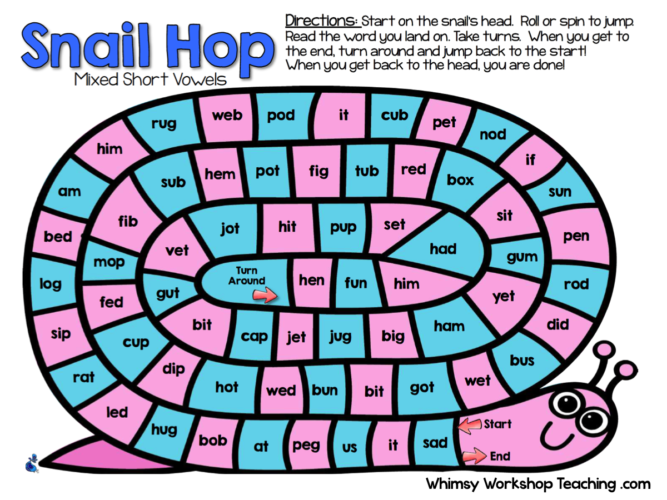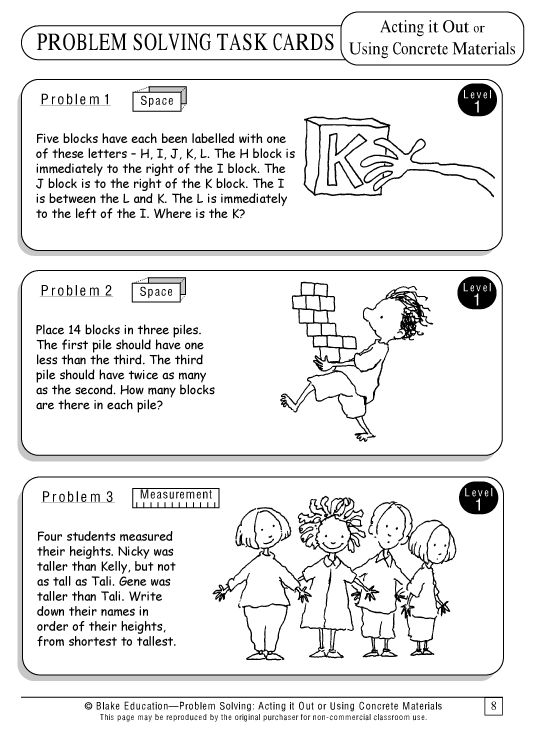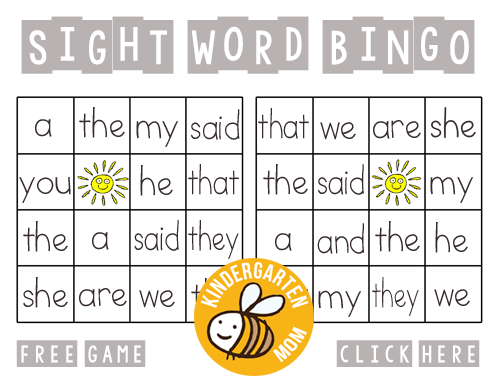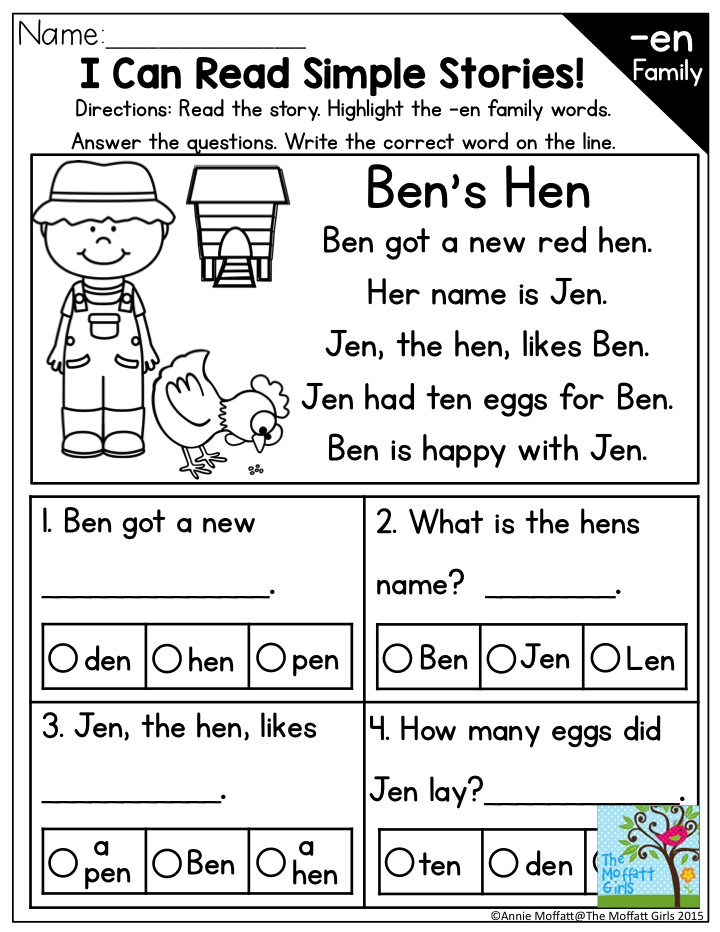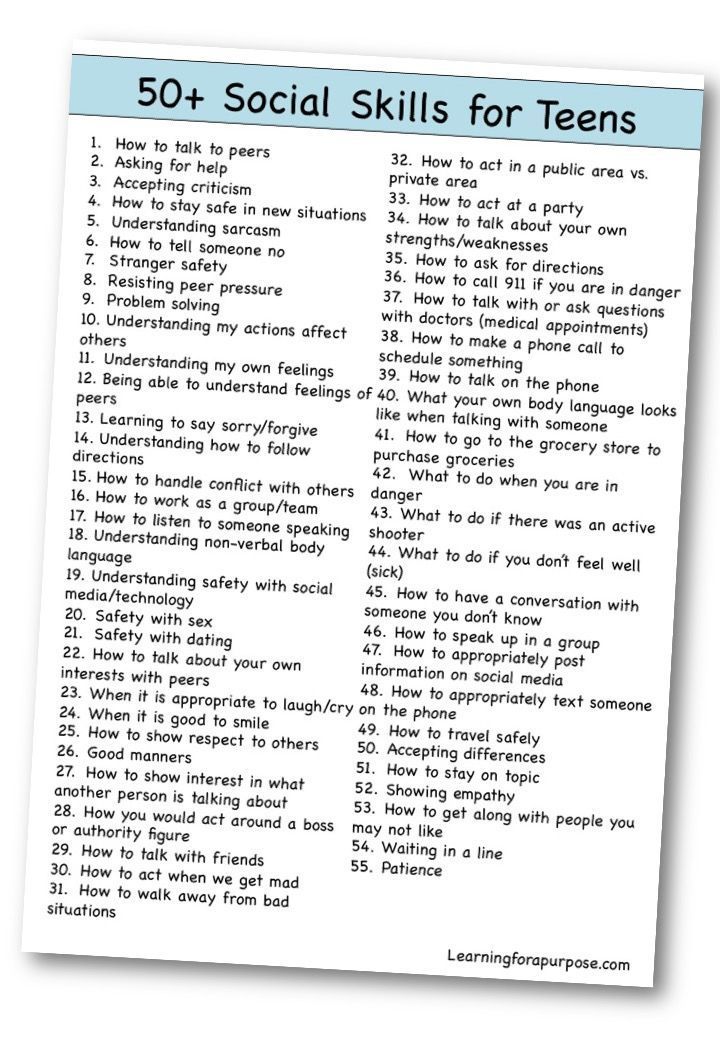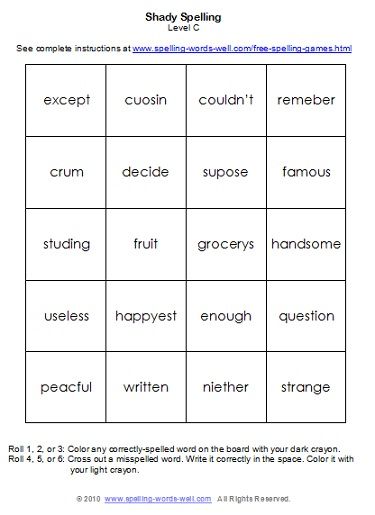Importance of rhyming words
Module: Having Fun with Phonemic Awareness: Resources for Early Learning
Home / Educators / Professional Development (3 - 5 YEARS) / Having Fun with Phonemic Awareness
- Introduction
- Play with Rhymes
- Play with Sounds and Words
- Try It
- Wrap Up
- Standards
Resources (PDFs)
- Self-Assessment
- Learning Log
- Mystery Sound Games
- Best Practices
- Standards
Vocabulary
- phonemic awareness: the ability to recognize that spoken words are made up of separate sounds (phonemes, the smallest units of sound), and to manipulate those sounds in speech
- phonics: the understanding that letters represent the sounds in words
- phonemes: the smallest units of sound
- phonological awareness: the ability to recognize that words are made up of a variety of sound units
- nonsense words: made-up words, used for the phonemic principle being taught
- sound matching: the ability to match words that begin or end with the same sound
Play with Rhymes
Before watching this video, read the text below. When instructed, watch the video from the beginning to end.
Rhyming is a helpful first step toward phonemic awareness. When children play with rhymes, they listen to the sounds within words and identify word parts. For example, the /at/ sound in the word mat is the same /at/ sound in cat, rat, sat, and splat. Children typically learn to recognize rhyming words first and generate their own rhymes later. It is important to recognize that these skills are not always learned on a schedule. For some children, recognizing rhyme can be difficult. You can use different methods to help develop children’s skills.
- Have children listen to and identify rhymes in books. Before reading, ask children to listen for rhyming words and raise their hands when they hear them. Or, stop before you get to the rhyming word and have children supply it.
- Prompt children to produce words that rhyme
. Both real words and “nonsense words” are useful, such as Peggy and leggy; turtle and Yertle.
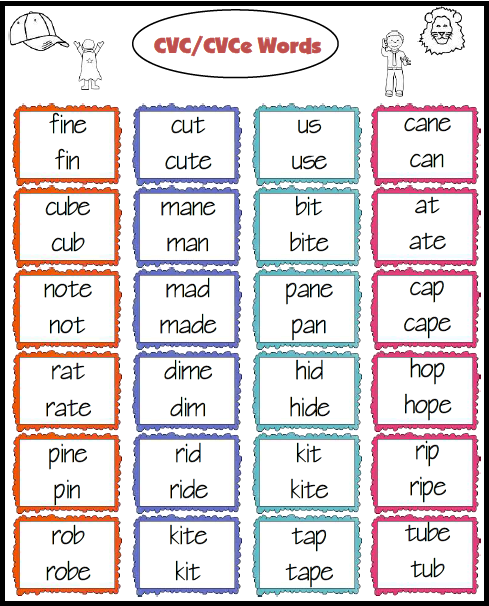
- Provide opportunities to recite rhymes in song. Music is a natural part of a child’s world. They can be active participants, clapping, snapping, and adding their own motions to songs. For example, “I’m a little lizard, my oh my! My skin has scales, it’s nice and dry.”
In this video, you’ll see educators use rhyming games, songs, and read-aloud books to teach phonemic awareness skills. As you watch, look for effective strategies used by the educators in the video and jot down answers to this viewing question in your Learning Log.
- How do the educators use rhyme to develop children’s phonemic awareness skills?
Review
What is phonemic awareness and why is it important?
- Phonemic awareness is the ability to recognize that words are made up of separate sounds.
- Phonemic awareness also includes the ability to manipulate sounds in speech.
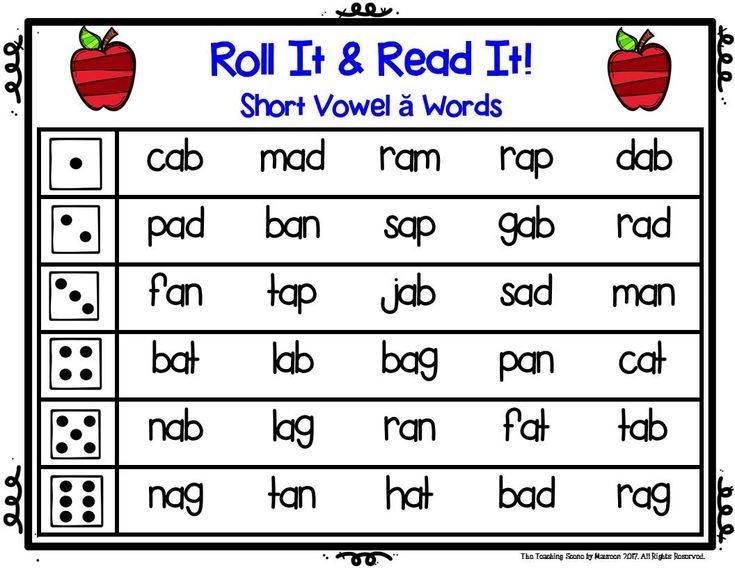
- Phonemic awareness lays the foundations for learning to read and write.
- Research shows that children with good phonemic awareness skills are more successful in learning to read and write.
- Phonemic awareness can be integrated into other learning areas. In the video, children learned about reptiles in “Rhyming Reptiles,” while also learning phonemic awareness by suggesting rhyming words (snake, take; lizard, blizzard).
Why is rhyming an important skill for children to learn?
- Recognizing rhyming words is a basic level of phonemic awareness.
- Rhyming requires that children listen closely for sounds within words.
- Children who recognize rhyme learn that words are made up of separate parts.
- An early goal is to have children listen to a pair of words and decide whether or not the words rhyme.
- Eventually, the goal is to have children generate words that rhyme.

How can educators teach rhyming skills to children?
- Use music and songs to teach rhyme. Sing active songs that invite children to use movement. Fingerplays such as “Itsy Bitsy Spider” invite active participation in a rhyming game.
- Use books and read-aloud stories to teach rhyme. Rhyming texts, both fiction and nonfiction, support literacy in general and help children learn phonemic awareness skills.
- Before reading, ask children to listen for words that rhyme.
- Encourage children to raise their hands when they recognize a rhyming word.
- Stop and have children supply a rhyming word in the text.
- After you have read a poem or story aloud, ask for rhyming words. (What word rhymes with mittens?)
- Use games to teach rhyme.
- Toss a beanbag onto a picture grid. Have children think of a word that rhymes with the picture (fish, wish; goat, boat).
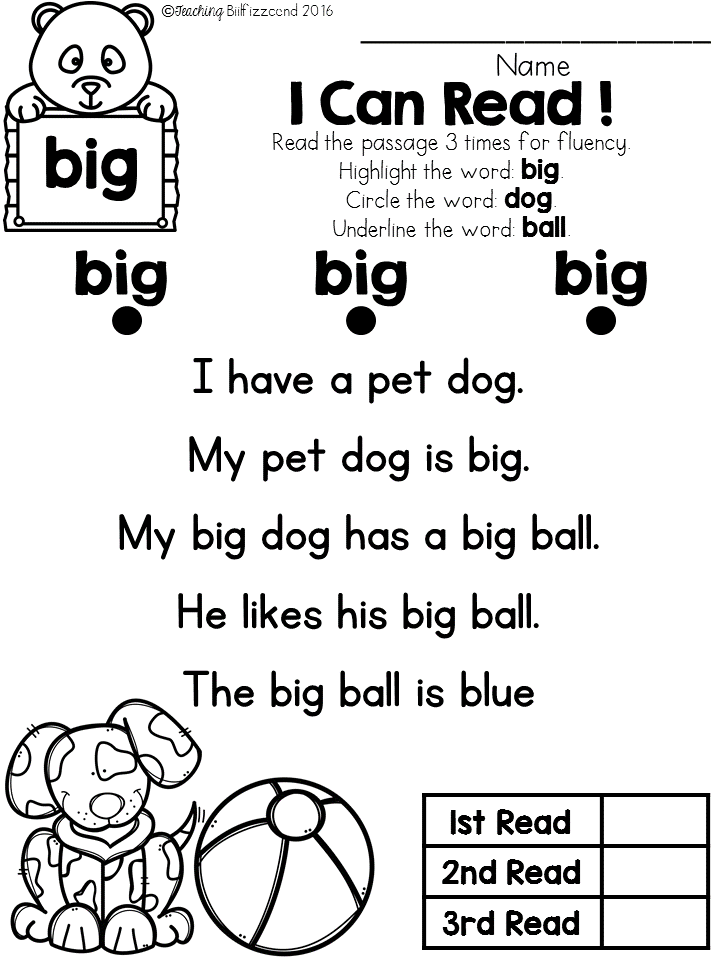
- Play “I Say Night.” Teach children to respond with a rhyming word: I say night. You say (right.) Or I say bread. You say .
- Play rhyming partners. As children “buddy up” for an activity, give one child a random word, for example, mitten. The first child to suggest a rhyming word becomes that child’s buddy.
- Toss a beanbag onto a picture grid. Have children think of a word that rhymes with the picture (fish, wish; goat, boat).
- Use nursery rhymes to teach rhyme. Traditional nursery rhymes are fun to teach. Children can learn them quickly and enjoy repeating them.
- Make a chart of rhyming words. (If possible, connect the words to concepts being taught in the curriculum, such as colors, plants, weather, etc.) Add a word each day (pink, clink, wink, sink, blink). Once you have a bank of words, have children create their own silly rhymes. (Wink, wink, wink. Watch me blink.)
- Have fun with rhymes. Children enjoy saying rhymes in different voices. Whisper them, shout them, sing them, and chant them.
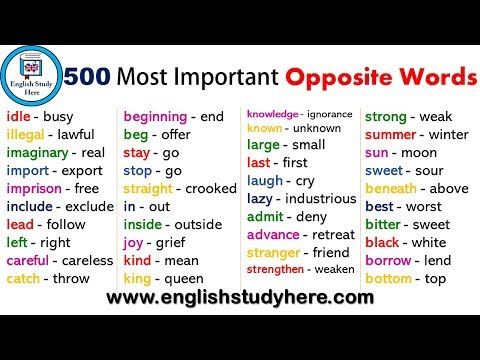
- Children need not suggest real words when supplying rhymes. Nonsense words (alligator, shmalligator) enable children to focus on the sound rather than the meaning. In time, children will develop the ability to generate real words that begin with the same sound, contain the same sound, or end with the same sound.
Reflect
Think about the learning environment at your own program as you answer these reflection questions in your Learning Log.
- What daily activities do you do with children to teach phonemic awareness?
- What did you learn that you will take back to your learning environment and put into practice?
NEXT
Why Is Rhyming Important? - The Measured Mom
PSPKK12340 Comments
This post contains affiliate links. As an Amazon Associate I earn from qualifying purchases.
Sharing is caring!
Why is rhyming important? We’ve got the answer!
Why is rhyming important?
1.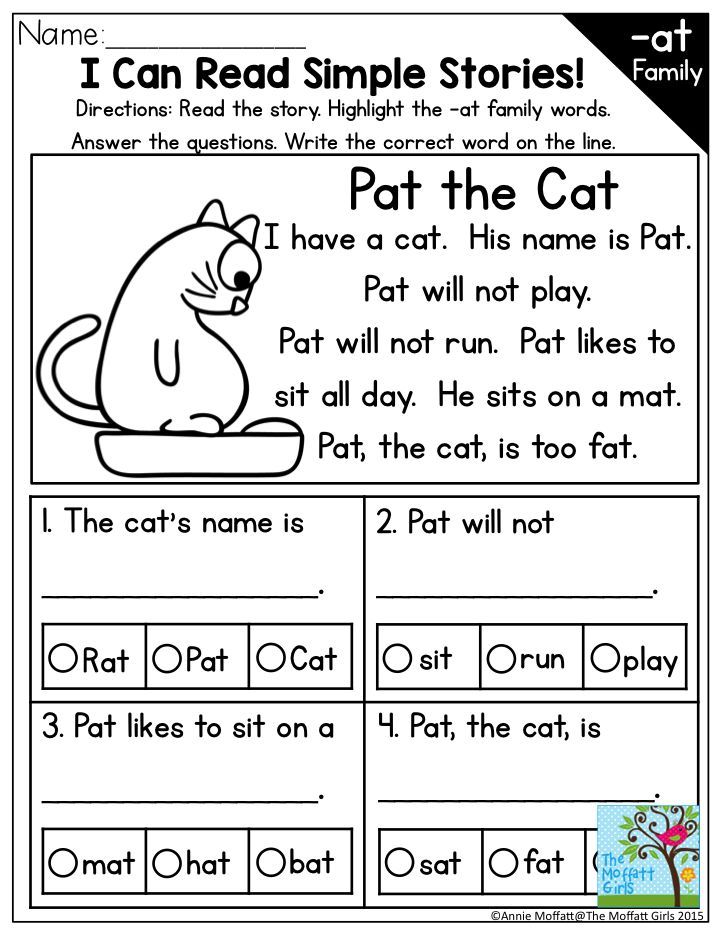 Rhyming teaches children how language works. It helps them notice and work with the sounds within words.
Rhyming teaches children how language works. It helps them notice and work with the sounds within words.
2. Rhymes help children experience the rhythm of language. As they recite nursery rhymes they learn to speak with animated voices. Someday they’ll read with expression, too.
3. When children are familiar with a nursery rhyme or rhyming book, they learn to anticipate the rhyming word. This prepares them to make predictions when they read, another important reading skill.
4. Rhyming is important for writing, too. It can help children understand that words that share common sounds often share common letters. For example, the rhyming words cat and bat both end with –at.
5. When listening to rhyming songs and poems children create a mental picture, expanding the imagination.
6. Because rhyming is fun, it adds joy to the sometimes daunting task of learning to read.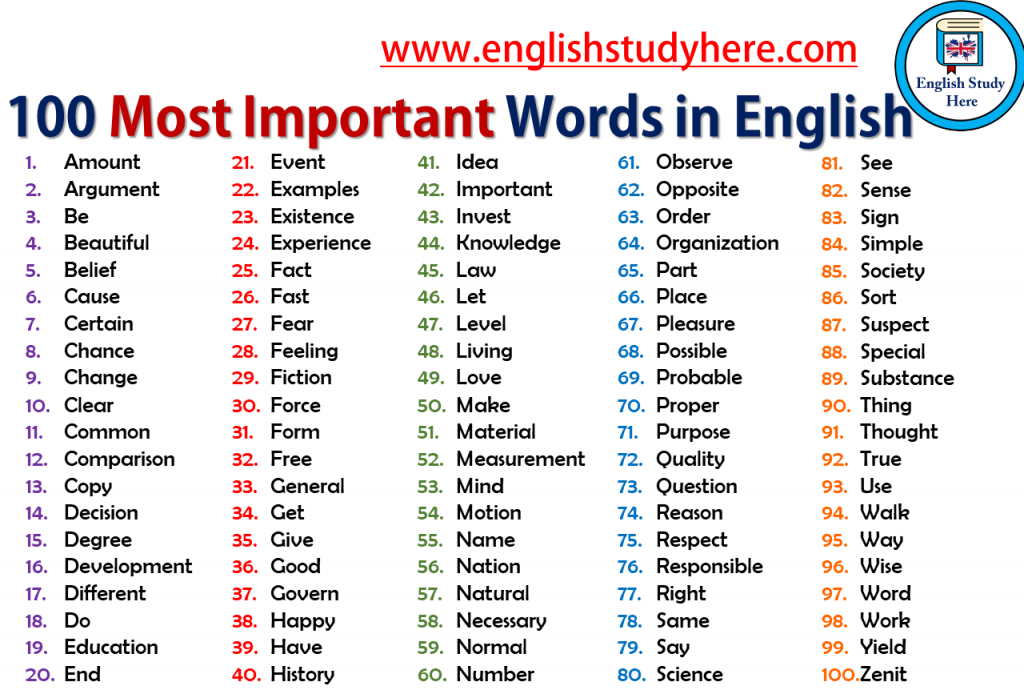
Also read: How to teach your child to rhyme
Members get more!
Members of The Measured Mom Plus get access to our one-click library of printables, with new printables added each month! Not a member yet? Learn more here.
CLICK HERE TO LEARN MORE
Teach rhyming with our nursery rhyme books!
25 Nursery rhyme books and posters
$6.00
This bundle contains 25 printable nursery rhyme books and posters – in both color and black and white! We love using these little books with new readers. They’re perfect for teaching concepts of print, building phonics and sight word knowledge, and building confidence.
Buy Now
Do you have our little letter books yet?
26 Letter Books of Nursery Rhymes & Songs
$7.00
Print a little book for every letter of the alphabet! Each book contains six nursery rhymes or songs. The books come in both color and black and white.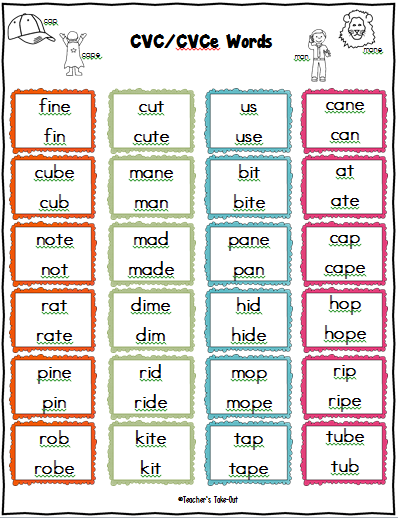
Buy Now
WATCH THE MEMBER TRAINING
In this 7-minute training, members will get quick tips for teaching this important foundational skill.
CLICK TO WATCH THE MEMBER WORKSHOP
Free Reading Printables for Pre-K-3rd Grade
Join our email list and get this sample pack of time-saving resources from our membership site! You'll get phonemic awareness, phonics, and reading comprehension resources ... all free!
Sharing is caring!
Filed Under: Reading, Pre-reading Tagged With: rhyming, preschool, kindergarten, Pre-K
You May Also Enjoy These Posts:
How to teach writing in kindergarten
The best book lists for early childhood
Reader Interactions
Trackbacks
modern history and position in society / Habr
Cockney is one of the most famous slangs of the English language, which in the 19th and even in the 20th century was very popular among certain segments of the population of Britain and, in particular, London.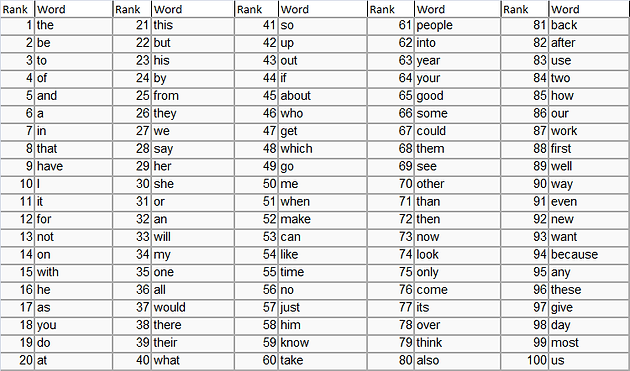 But what is happening to him today? Why do some linguists say cockney is dying? Let's figure it out.
But what is happening to him today? Why do some linguists say cockney is dying? Let's figure it out.
What is cockney: a bit of history
Cockney is a variant of the English language that has been used since the Middle Ages.
The term itself is quite old - it first appears in literature as early as 1362 in William Langland's Plowman.
The term "cockney" is translated as "rooster's egg" ("cock" - English "rooster", "ey" - cf. English "egg"). In the Middle Ages, deformed and underdeveloped chicken eggs were called so - it was believed that such eggs were laid by a rooster.
Later, this word began to refer to people who were born and raised in cities. Rural residents believed that city dwellers were weaker because they worked less.
In the 17th century, the meaning of the word approached the modern one - this is how the inhabitants of London, who lived in the City area, began to be called. John Mishu in his book "Ductor in linguas" (1617) wrote: "Cockney applied only to those who were born to the sound of the Bow-bell, that is, in the City of London.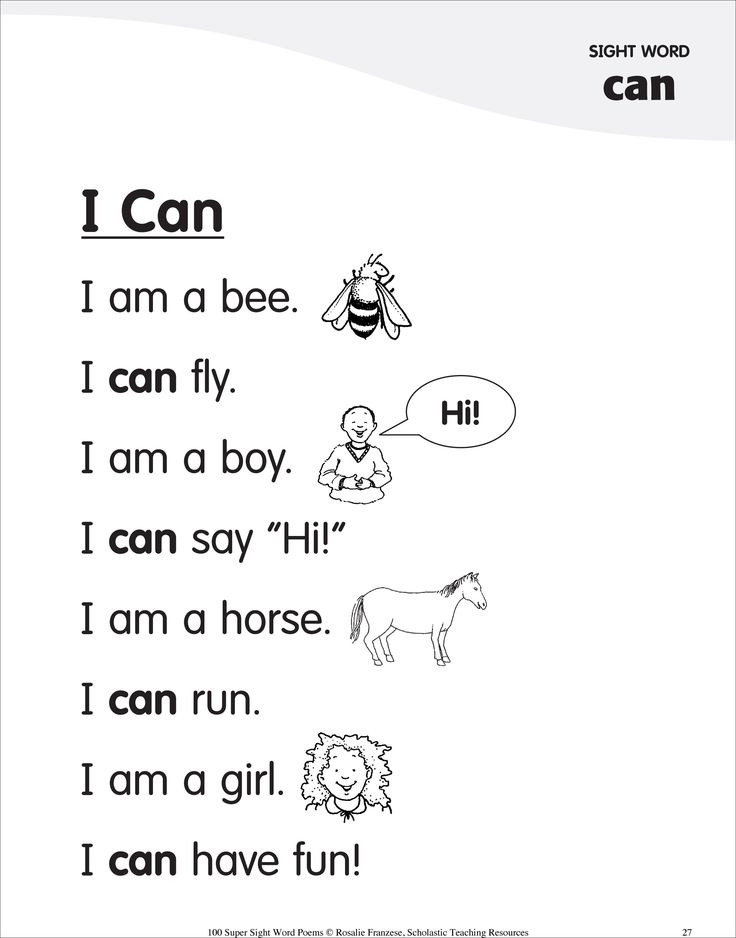 " But even then the designation was offensive.
" But even then the designation was offensive.
By the 18th century, two completely different models of language were spreading in London. In the West End, the so-called "polite pronunciation" - gentlemanly English - prevailed. And in the East End, Cockney. So they began to call not only people, but also the slang they spoke.
Cockney phonetics
The pronunciation and sound of Cockney is quite different from literary or "standard" English. This slang is characterized by the deliberate distortion of sounds and the replacement of individual words with rhyming counterparts - in fact, it was because of this that Cockney began to be called rhyming slang.
Let's look at typical speech features:
- Omitting [h] - for example, "'alf" instead of "half" or "'Ampton" instead of "Hampton".
- Using ain't instead of "am not" or "isn't".
- Pronunciation of sound [θ] as [f]. For example, "frust" instead of "thurst" or "faasn'd" instead of "thousand".
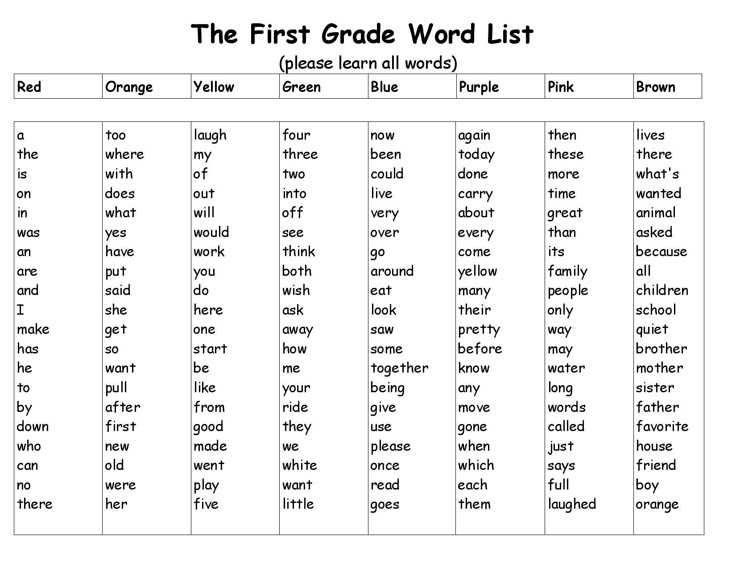
- Pronunciation of sound [ð] as [v]. For example, "bover" instead of "bother".
- Pronunciation of the diphthong [aʊ] as [æ:]. For example, "down" is pronounced "dæ:n".
- Omitting double [t] using a glottal stop. For example, "cattle" is pronounced [kæ'l].
- Use of an unaccented [l] as a vowel. For example, Millwall is pronounced "miowɔː".
One of the most interesting features is the use of rhyming slang. When words in a sentence are replaced by words or phrases that rhyme with the replaced ones.
Here are some examples of cockney words:Believe - Adam and Eve.
Do you Adam and Eve him? - Do you believe him?Appendix - Jimi Hendrix.
I just 'ad my Jimi Hendrix taken out! “I just had my appendix removed.Tea - You and Me.
Do you want a cup of You and Me? — Would you like a cup of tea?Sense - Eighteen pence.

He hasn't got eighteen pense! - He has no brains!
In some cases, the second, rhyming part of the phrase is omitted altogether, which made it extremely problematic to understand the true meaning.
Try to guess what the following phrases mean:
- Hello, my old China.
- Take a Butcher's at this!
- Lend me a few pounds please, I'm complete Boratic.
- Get your Plates off the table!
If you couldn't guess, here's the transcript.
Hello, my old China.
China = China and plate = mate.
Hello my old friend.
Take a Butcher's at this!
Butcher's = Butcher's hook = look.
Look at it!
Lend me a few pounds please, I'm complete Boratic.
Boratic = Boratic lint = skint.
Lend me a couple of pounds, please, I don't have any money at all.
Get your Plates off the table!
Plates = Plates of meat = feet.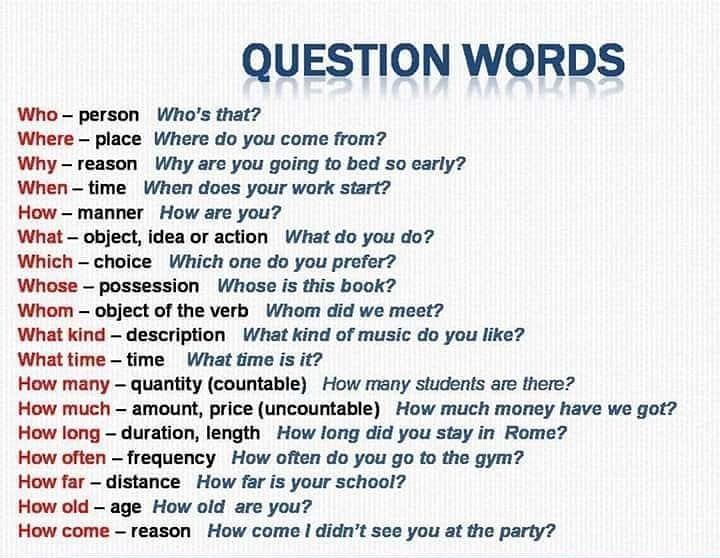
Get your feet off the table!
Often this abbreviation is used only for well-known lexemes that are often used in conversations. Otherwise, there is a possibility that the interlocutor simply does not understand the reference and he will have to explain it in ordinary human language. (What a horror!)
Contemporary Cockney
It was because of the rhyming of words in the 19th century that Cockney was often associated with the code language of criminals. And that's when Cockney went from a narrowly localized slang to a language spoken throughout South East England.
At the beginning of the 20th century, cockney went beyond London and began to spread to the nearest locations. This type of slang was especially popular in such counties as Essex and Bedfordshire. Basically, cockney speakers were people of a working specialty, without any special education.
Television spreads cockney throughout England. However, the concentration of carriers in the southeast is still the highest.
First of all, Cockney's popularity is due to such TV shows as "Steptoe and Son" (1962-1974), "Minder" (1979-1994), "Porridge" (1974-1977), "Only Fools and Horses" (1983-2003).
Watch an episode of the sitcom Steptoe and Son as an example. It will be extremely difficult for a person who studies English as a foreign language to perceive such a language by ear, even with a high level of knowledge. And be warned, the humor is very, very blunt specific:
Beginning in the 1980s, the number of people who speak Cockney in Britain began to increase. It was mainly used by young people who wanted to stand out in society and emphasize their individuality through the use of idiomatic expressions.
There were even attempts to somehow fix slang at the legislative level, but they all failed.
In our time, the development of cockney has slowed down, and the number of people who speak it has decreased. Apparently, young people who began to speak it under the influence of TV programs eventually switched to standard English.
Nevertheless, native speakers distinguish as many as 3 types of Cockney:
- Classic Cockney. He appeals more to grammar and pronunciation of words. In fact, this is the heir to the original cockney, which was spoken in the East End 300 years ago. Naturally, it has changed under the influence of Standard English, but the main phonetic features remain.
- Contemporary cockney. This is the version of the language that was popularized by TV programs. It has slightly fewer phonetic differences from standard English, but a lot more rhyming word substitutions. More on these borrowings below.
- Mockney. The so-called fake cockney. Artificial accent, phonetically similar to cockney. It is used by speakers of standard English as a language game or parody of classic cockney.
Modern cockney linguistically develops quite poorly - the vast majority of rhyming substitutions (96%) were created before the 19th century.
Today, new cockney phrases are predominantly created using the names of famous people.
- Al Capone - telephone;
- Conan Doyle - boil;
- Britney Spears-beers;
- Brad Pitt-fit;
- Barack Obama - pajamas;
- Jackie Chan—plan.
Hey, haven't you seen my working Jackie Chan?
Hey, have you seen my work plan?
Most of the lexical items that are currently used in cockney are not of a historical nature, but are used only as a language game. In fact, the main task of the speaker is to create a verbal reflection that evokes associations by forming rhythm and rhyme with the replaced word.
If you look at the historical aspect, then from a specific code language, which was Cockney in the 17th-19th centuries, slang has turned into a kind of pun, where the individuality of native speakers is simply demonstrated with the help of puns. There are fewer and fewer real Cockney speakers, despite the fact that certain phonetic features of the dialect are still very common.
There are fewer and fewer real Cockney speakers, despite the fact that certain phonetic features of the dialect are still very common.
As an example of a classic cockney accent, let's look at an interview with Lionstone-born bassist Steve Harris of Iron Maiden:
You can clearly hear that the word "thing" Steve says through the sound [f] and not through [θ]. And "down" he says like [dæ:n]. In addition, omissions of sounds [t] and [d] are noticeable in words with the endings -ing and the consonant t or d before it - for example, building and starting. In general, speech sounds quite comfortable and understandable, even for a person who studies English as a foreign language, but it should be borne in mind that Steve Harris uses only some of the phonemes that are inherent in Cockney and, of course, does not use rhyming substitutions at all.
The future of the Cockney dialect is rather vague. Linguistic researchers have several theories about what will happen to the Cockney dialect in the future.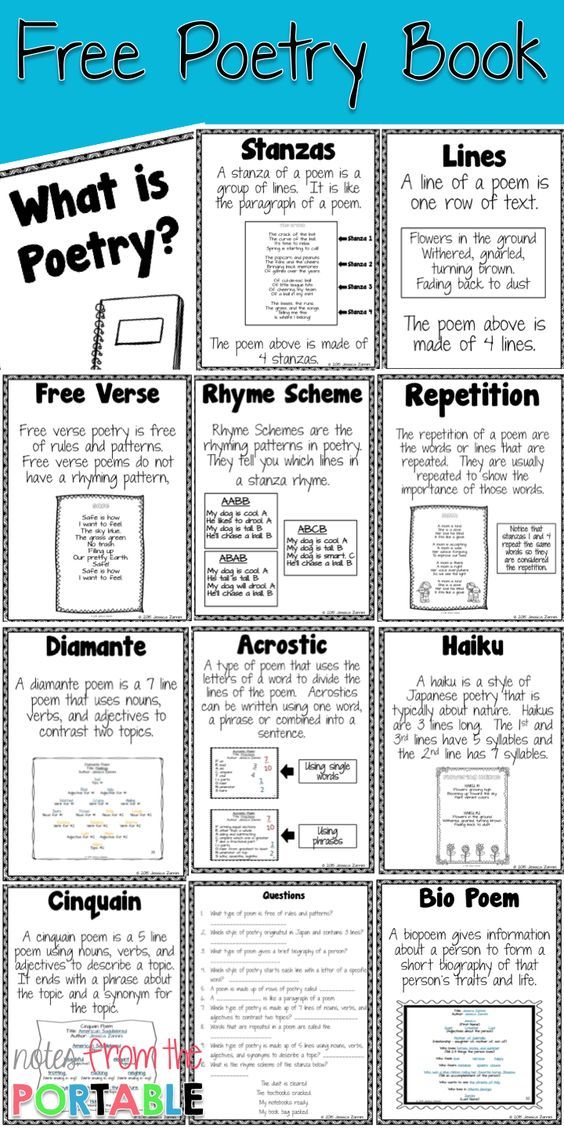
David Crystal, Professor of Linguistics at Bangor University, argues that it is entirely possible for Cockney to disappear completely, but its significance indicates that the impulse that makes us rhyme words still has a fairly large impact. Perhaps that is why the classic cockney is being transformed from a dialect into a linguistic game.
At the same time, individual phonemes from the Cockney dialect are used extremely widely. The same Professor Crystal, in the course of his research, found that up to 93% of the inhabitants of Bradford from the working classes omit the sound [h] in a conversation - especially at the beginning of a word. That is, instead of "ham" they say "'am".
As for the future of Cockney, Paul Kerswill, Professor of Sociolinguistics at Lancaster University, is more categorical. He believes that Cockney will disappear from the streets of London within the next 30 years and be replaced by "multicultural London English, that is, a mixture of Cockney, Bangladeshi and Caribbean accents.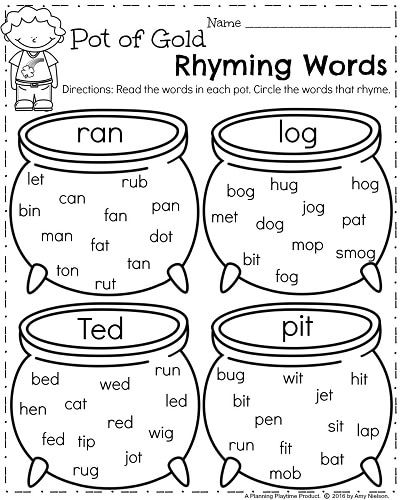 "
"
Despite the fact that some expressions from Cockney slang have taken root in the English language as phraseological units, and individual phonemes are used almost everywhere, there are fewer and fewer speakers of classic Cockney. So yes, it is quite possible that very soon (on a historical scale) it will be simply unrealistic to hear a real cockney from a native speaker.
EnglishDom.com is an online school that inspires you to learn English through innovation and human care
Only for readers of Habr - the first lesson with a teacher via Skype for free ! And when buying 10 lessons, enter the promo code goodhabr2 and get 2 more lessons as a gift. The bonus is valid until 05/31/19.
Get Premium access to ED Words and learn English vocabulary without limits. Get it right now at the link
Our products:
Learn English words in the ED Words mobile application
Download ED Words
Learn English from A to Z in the ED Courses mobile app
Download ED Courses
Install the Google Chrome extension, translate English words online and add them to study in the Ed Words app
Install the
Learn English in a playful way in online simulator
Online simulator
Improve your speaking skills and find friends in conversation clubs
Conversation clubs
Watch English life hacks video on EnglishDom 9 YouTube channel0048 Our YouTube channel
10 tips for writing song lyrics
In this article, I will share with you some eclectic tips that work for me.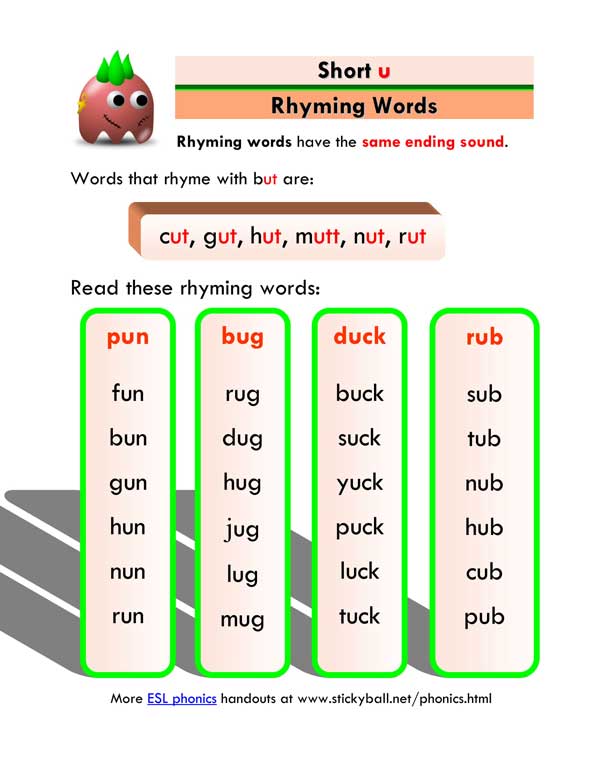 I hope you find them useful, but I also suggest breaking some of them and experimenting to get a better idea of their importance. So, the most important rule is #1.
I hope you find them useful, but I also suggest breaking some of them and experimenting to get a better idea of their importance. So, the most important rule is #1.
1. The best way to get a good idea is to have lots of ideas.
Need a lot of ideas. When you're trying to be creative, there's no such thing as a bad idea. Put your mental filters away until you finish your lyrics and make your first demo of the song. Realize that most of your favorite bands tend to write about 100 songs, but only 10 make it to the album. This means that 90% of the songs they write and demo for will never be recorded properly. For example, Prince used to record a demo album every two weeks. Before you release a new album, you have to write a lot and choose the best.
2. Get into the habit of recording demos
Make recording demos a habit. Do this as often as possible. Personally, I use special applications in my smartphone and my own laptop for this.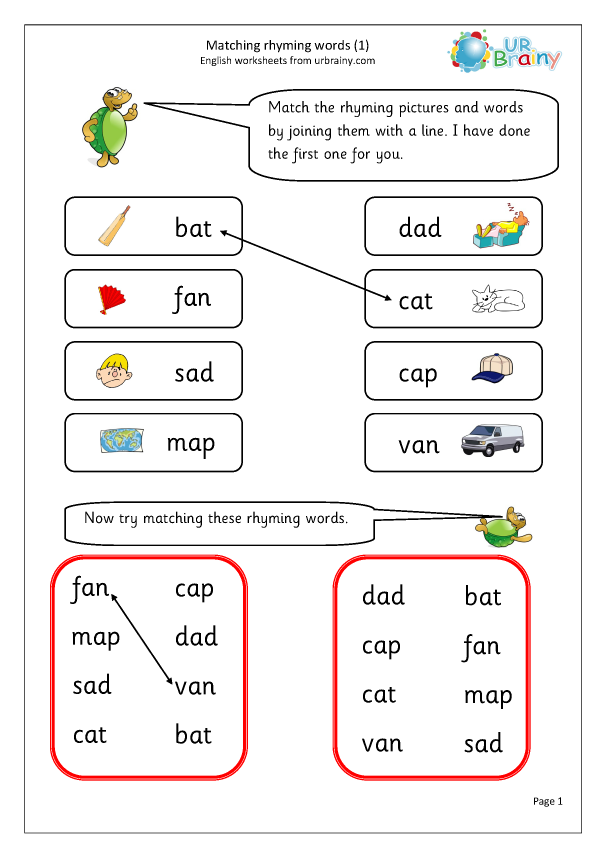 Create demos according to the developed method easily and quickly. Improvise with the equipment at hand. Indeed, to record a demo, you do not need new exclusive equipment at all.
Create demos according to the developed method easily and quickly. Improvise with the equipment at hand. Indeed, to record a demo, you do not need new exclusive equipment at all.
Get used to recording demo vocals. In many ways, vocals are the song: they hold the melody and the lyrics. It's normal that you feel shy about recording vocals, even in your own bedroom. But the more you do it, the easier it becomes. Just press the record button and sing along, even if the song is not completely finished and you are not sure if the idea is good. After listening to yourself, you will understand how the song is perceived by the listeners. Include it also with your group members, relatives and friends. And only then will you know if the demo is good or bad.
One more piece of advice. I keep all my demos. Thanks to this, I can see the number of songs recorded and track my improvement. I don't have any reason to delete these songs because they take up a small amount of my computer's memory space in MP3 format.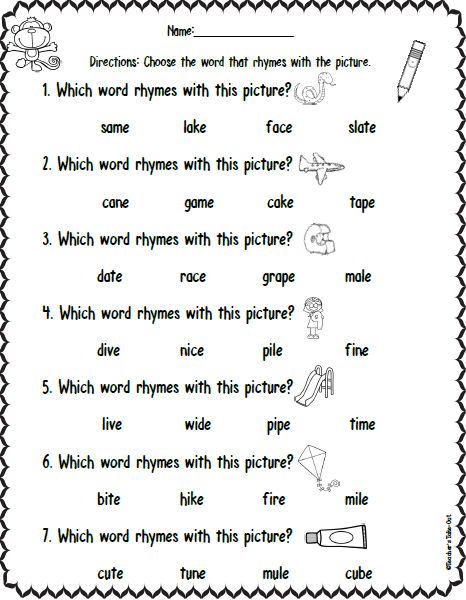 It also helps me get old ideas out of my head and focus on finding new ones.
It also helps me get old ideas out of my head and focus on finding new ones.
3. Write down lyrical ideas as soon as they come up
Choose a convenient method for writing down a lyric idea as soon as it pops into your head. A lyrical idea can be a phrase, a sentence, a rhyme, or just a word that you think sounds great. Anthony Kiedis of RCHP does this with his notebook. I use a text file on my phone. It is very important that you do not wait until you return home and completely forget about the idea that has arisen. Record here and now.
In this case, the “do not delete” rule also applies. Your opinion of your own ideas is not constant, and changes over time. A song that seemed perfect yesterday may seem rubbish today. But in the future, when you sit down to write again, you will be in despair that you cannot remember this idea. Just keep everything. I often catch myself that the ideas recorded 1-2 years ago end up using for a new song.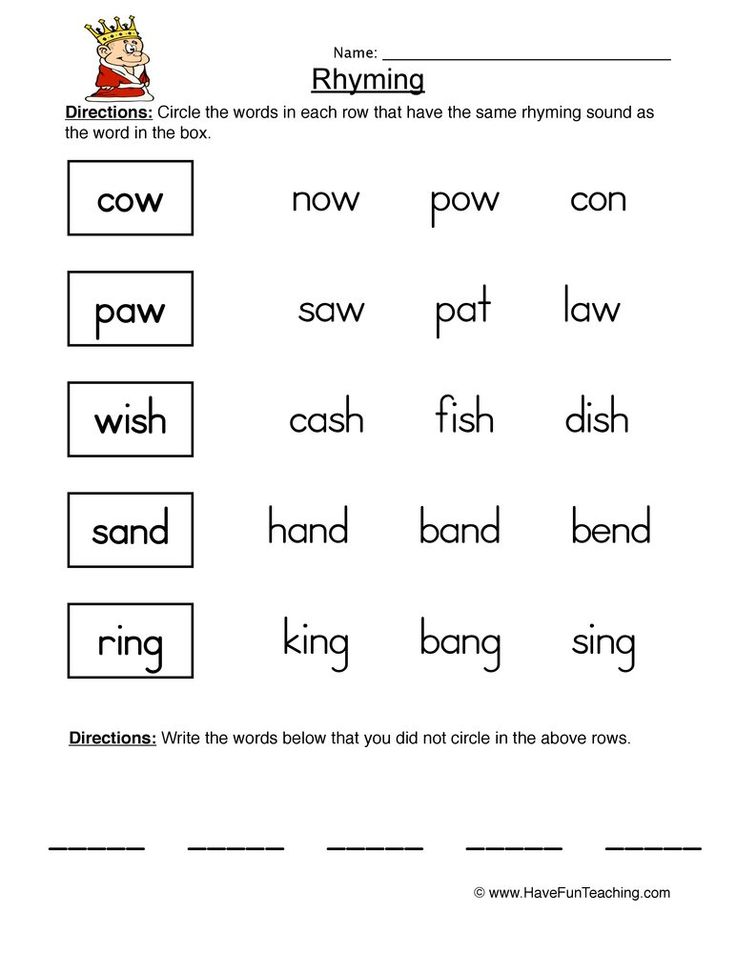 Use your magic text file for inspiration: when you're stuck on an idea and want to add some originality to your song, just read it. It helps a lot. This is how great songs are written.
Use your magic text file for inspiration: when you're stuck on an idea and want to add some originality to your song, just read it. It helps a lot. This is how great songs are written.
4. Try unusual rhyme schemes
My songwriting has the advantage of using unusual rhyme schemes and structures. Internal rhymes (for example, in the spring under the moon) will make your text more cohesive and musical. Polysyllabic rhymes will add clarity and interest to an acoustic guitar solo.
If you're feeling confident, try deviating from the simple AABB and ABAB rhyming patterns. For example, try ABBB ACCC. It is more difficult to use such a scheme, but the text material becomes fresher, and the song, thanks to the hidden rhymes, acquires continuity.
5. Try to avoid obvious rhymes
Obvious rhymes (like blood love) are rhymes that appear in countless songs. They can make a song boring and sticky.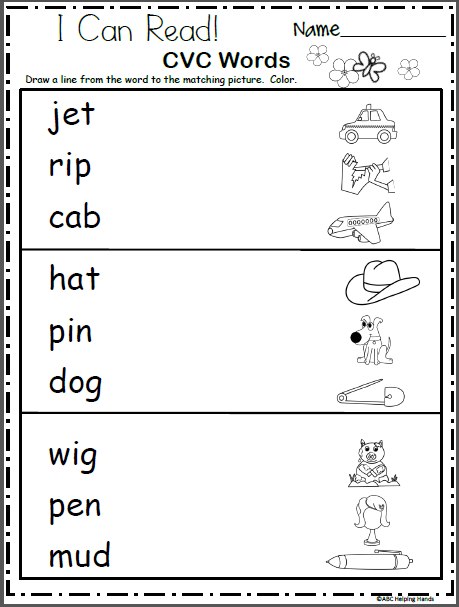 I abused these rhymes during my first years of songwriting. And even "Fuel" - my favorite Metallica song - contains these rhymes.
I abused these rhymes during my first years of songwriting. And even "Fuel" - my favorite Metallica song - contains these rhymes.
One effective way is to use obvious rhymes in a different way. Here you will need an online rhyming dictionary, of which there are many today. The main thing is not to overuse it, because it can make your songs boring and insipid, or drive you into a rhyming corner that you can't get out of.
Sometimes, after writing the first verse of a song, creating the second verse can be overwhelming. To overcome creative block, try adding part of the first verse to the second verse. This is much better than if you came up with a new but empty verse.
6. Nonsensical lyrics work
Some musicians build their careers on nonsensical songs. By meaningless, we mean texts that include associations, puns, or just words and phrases that sound great. When listening to such lyrics, people react to it as an emotional trigger.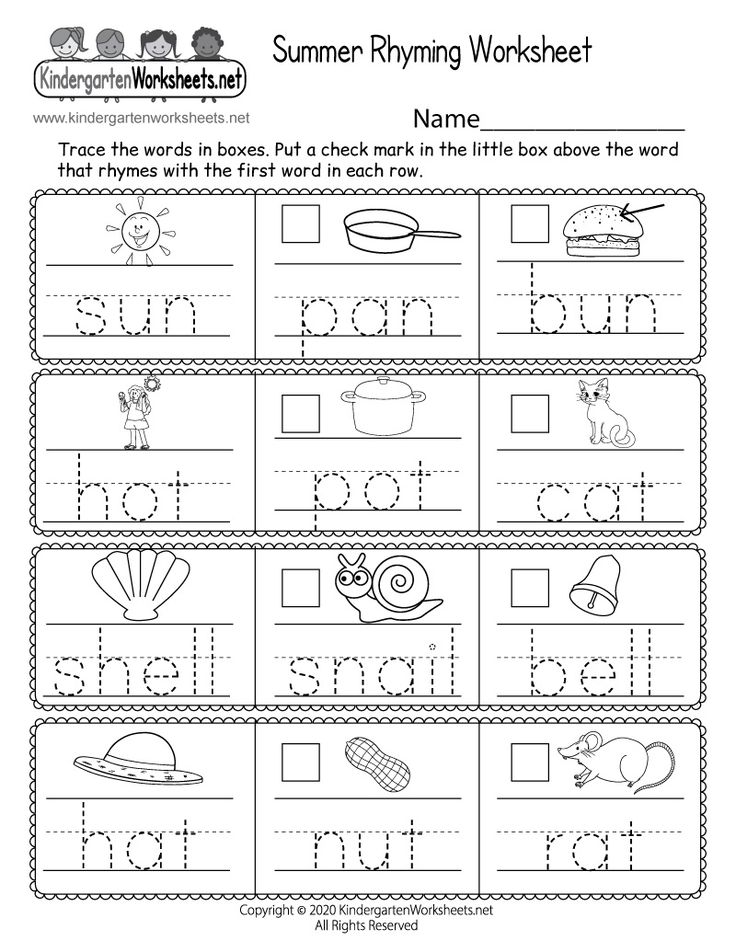 Songs with meaningless or incomprehensible content allow the audience to find metaphors and impose their own emotions on them. Also, nonsensical lyrics are creatively liberating, allowing you to add originality and quirkiness to your songs, and help you write better overall.
Songs with meaningless or incomprehensible content allow the audience to find metaphors and impose their own emotions on them. Also, nonsensical lyrics are creatively liberating, allowing you to add originality and quirkiness to your songs, and help you write better overall.
7. Use unrhymed text sparingly!
This is a bit of a moot point, but I don't agree with the notion in some circles that using non-rhyming verses makes a song more artistic and deep. Very often - this is a kind of crutch for a poorly written song. Using an unrhymed line is useful if you want to sharpen the attention of the listeners at a certain point. But the abuse of unrhymed lyrics makes the song harsh, meandering and pointless.
If you don't want to rhyme, there are a few tricks you can try. Half-rhymes and words that sound phonetically similar can also work. This is because when you sing, you vocalize the words, which makes the rhyme less important.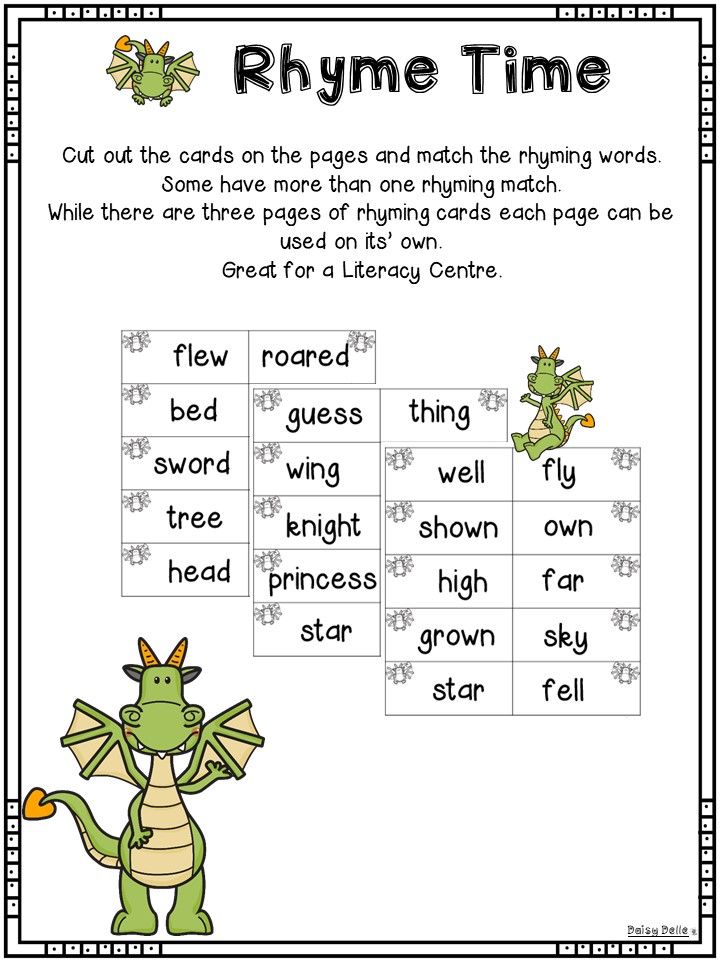 In addition, your accent and pronunciation also affect the perception of rhyme. For example, there is a YouTube video where Eminem talks about words that rhyme with orange. Check it out. The ability to write rhyming lyrics is an important part of the success of your songs. You might start off as blatant thrash, but in the future the rhymes will become more subtle and make your songs stand out..
In addition, your accent and pronunciation also affect the perception of rhyme. For example, there is a YouTube video where Eminem talks about words that rhyme with orange. Check it out. The ability to write rhyming lyrics is an important part of the success of your songs. You might start off as blatant thrash, but in the future the rhymes will become more subtle and make your songs stand out..
8. Don't be afraid to break grammar to create a line that matches the right amount of syllables
This is the moment when you are very happy with the written line, but when you sing it, something gets in the way. I often hear it in pop songs on the radio. It's a real mystery to me why great artists needlessly squeeze in syllables that stall the whole song when it can be easily fixed. To get around the grammatical “stones”, just remove the words that have no meaning (for example, “and”, “too”, etc.), or rearrange them. You can also change the stress in the words according to the tone of the melody.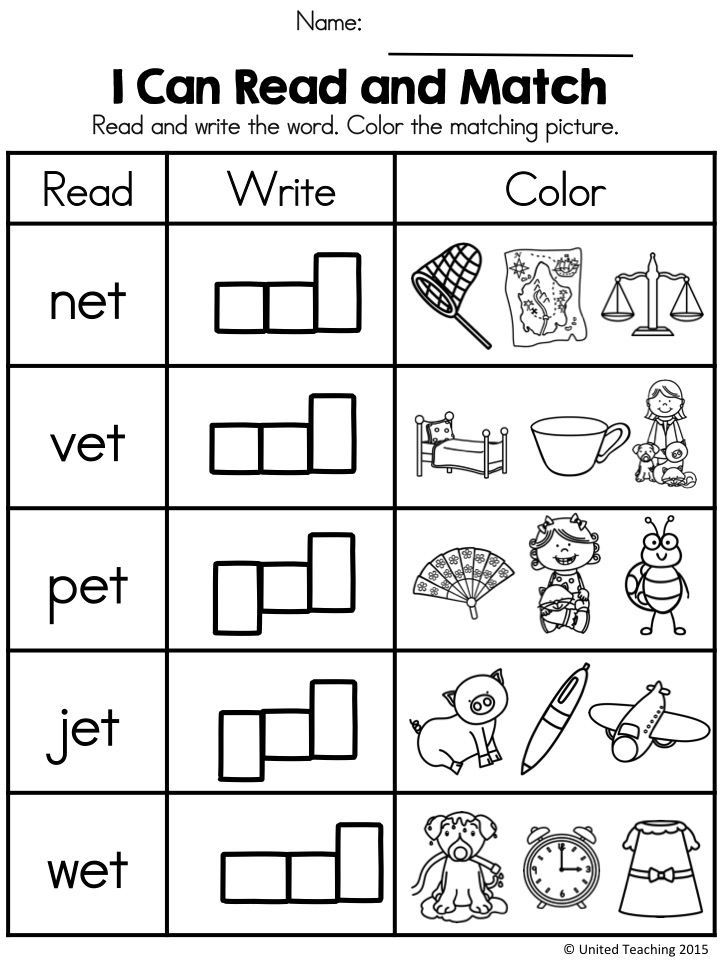 Lyrics can work well in a song even if their grammar is imperfect. If the lyrics fit well with the melody, it increases its emotional impact and makes the song more enjoyable for the listener. Grammar can be sacrificed to achieve this goal.
Lyrics can work well in a song even if their grammar is imperfect. If the lyrics fit well with the melody, it increases its emotional impact and makes the song more enjoyable for the listener. Grammar can be sacrificed to achieve this goal.
9. Swearing is a sign of a musical “semi-finished product”
Sometimes it happens to me: a great idea for a melody comes up, but the only lyrics I can come up with are curses. This may be a sign that the song is not yet fully completed. Subconsciously, you fill in all the holes with swear words to keep the rhythm. Often, months later, you come up with very good alternative lyrics that fit the same tune. Therefore, do not rush to include this song in the album. Leave it in the demos and move on.
10. Anything can be an inspiration for writing a lyric song
To write a good song, you don't have to torture yourself creatively. Even ordinary everyday things can work as a premise to a song.